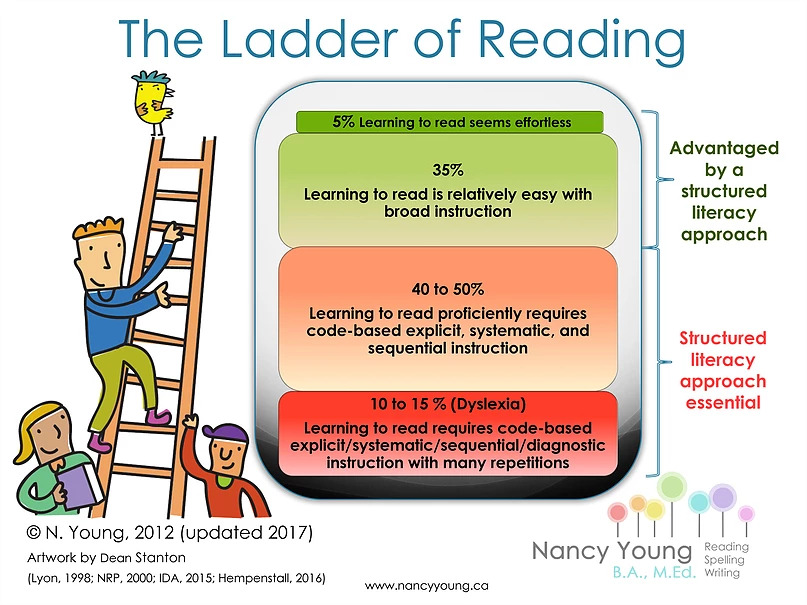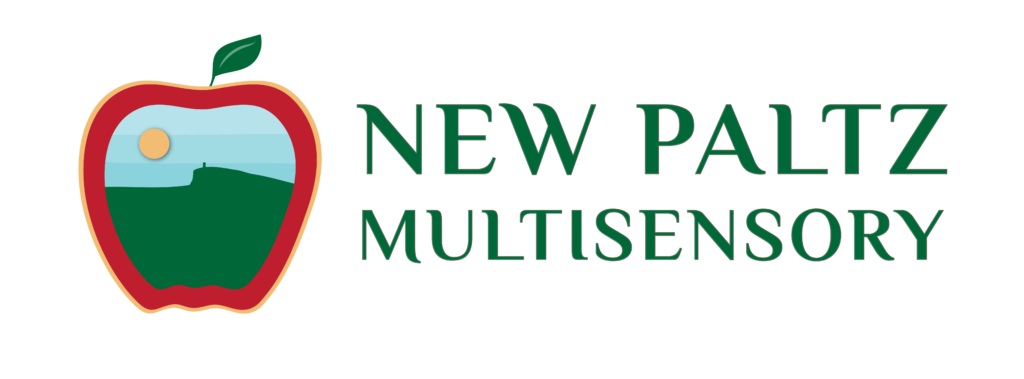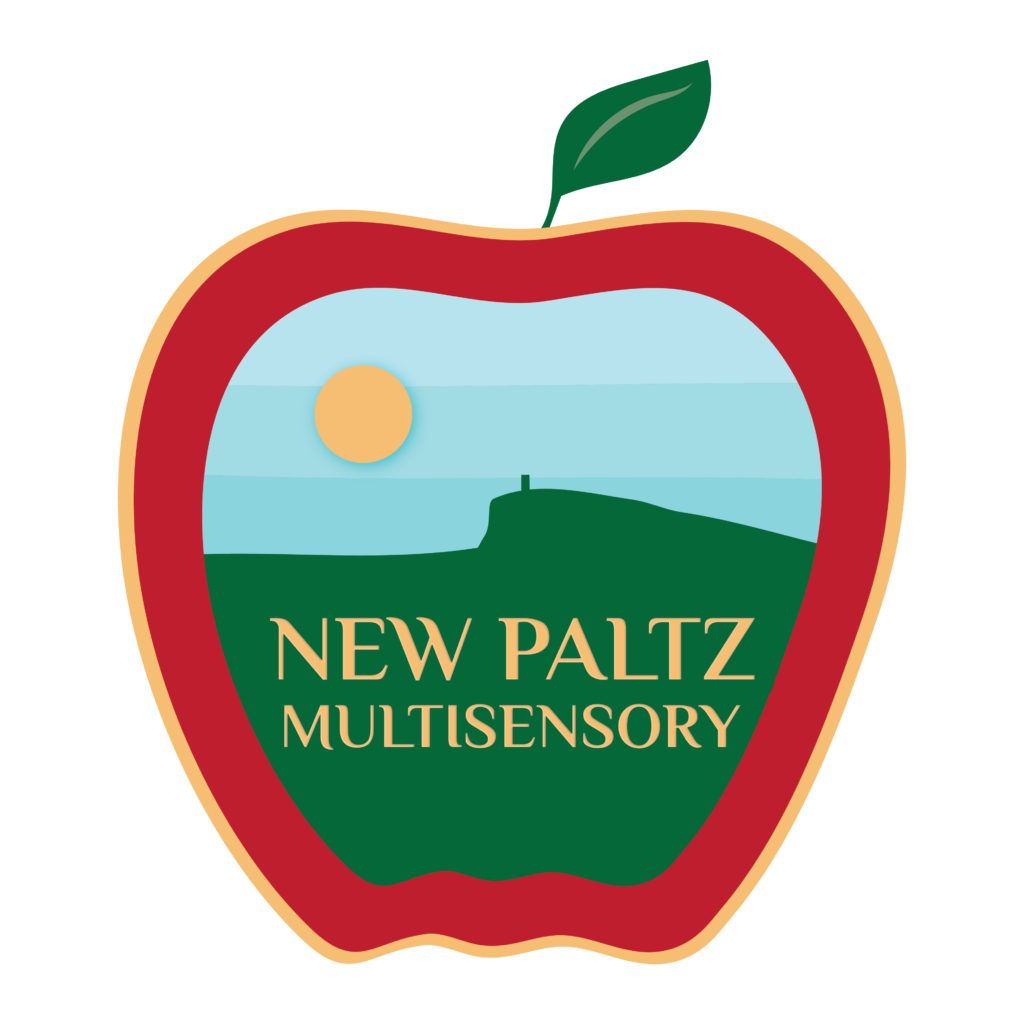According to the Utah Center for Dyslexia, 70-80% of struggling readers are dyslexic. This translates to 1 in 5 students or 15-20% of the population having dyslexia.
Think about that statistic for a minute.
Let’s say you have a child in a classroom of 25 kids. Five of them have dyslexia. Maybe one of them is your child, who just can’t seem to decode words easily or has trouble remembering what they read because they’re working so hard on understanding the words.
One in five students.

Now let’s expand that a bit. 5 kids in your child’s classroom. Maybe there are 7 classes per grade level, and it’s a kindergarten through fifth grade school. So now we’ve got 35 students per grade level times 6 grade levels … we’re looking at 210 students with dyslexia in one elementary school.
210 students not receiving the scientifically proven instruction they need to learn to read.
That’s just one school.
Let’s say it’s a large district with 5 elementary schools. Now we’re up to over a thousand students with dyslexia…. in one school district… at the elementary level. We’re not even looking at the middle school(s) or the high school(s) where un-remediated dyslexia really takes effect and causes challenges for students as academic demands increase.
So, you have a struggling reader. Whether or not they have been diagnosed with dyslexia, an evidenced-based Structured Literacy approach will help. But what does that mean?

According to the International Dyslexia Association, a Structured Literacy approach to literacy instruction will contain the following:
- Phonology (the structure of spoken words)
- Sound-Symbol Association (visual to auditory – reading and auditory to visual -spelling)
- Syllable Instruction (instruction in the 6 syllable types of the English language)
- Morphology (smallest units of meaning)
- Syntax (sequence and function of words in a sentence)
- Semantics (meaning – commonly known as comprehension)
According to the International Dyslexia Association fact sheet on effective reading instruction, a structured literacy approach is systemic and cumulative. But what does that mean? It means that a student’s exposure to curricular topics is carefully controlled. The program I use requires all students to begin at the beginning with consonant-vowel-consonant words. My students, who have used to feeling failure during reading time in the classroom, are thrilled and often laugh about how easy it is. Declaring reading something as easy is a new feeling for them, and it increases their engagement and confidence (as well as their enjoyment of tutoring). And then another skill is taught and layered on. And then another. By the time we reach the point that the content is more challenging and the student is actively working harder, we have a good rapport and he/she is willing to take more risks because of the relationship we’ve built.
“Okay, sounds good. Where can I find this instruction for my child.”

This is the tricky part. Some districts are training teachers in structured literacy programs and providing access to the students who need it. Others are training a few teachers and provide access to students who have structured literacy (or multisensory instruction) on their Individualized Education Plans. Some private schools specialize in structured literacy, others have students in need but do not provide. Some parents hire private educational tutors or consultants to work with their children. There is no easy answer – every child, district, and even state is different. When sourcing a structured literacy instructor, many parents seek out an Orton-Gillingham trained professional. I use the Wilson Reading System, which is a structured literacy program derived from the Orton-Gillingham approach. The Logic of English, The Sonday System, and the Barton System are other programs that are frequently mentioned when multisensory programs are mentioned.
The reality is that many students who need this instruction to read do not receive it. If you think your child might be one of these, spend a little time researching options in your area. Bring it up at your child’s next Committee for Special Education or 504 meeting (if applicable). Talk to your child’s teacher about your concerns. Consider training yourself online with a program like the Barton System and teach your child yourself. The road to getting this vital instruction might not be easy, but it can make all the difference.







One Response
Love what you have to say about structured literacy. I am an OG certified teacher and instructor. Thank you!